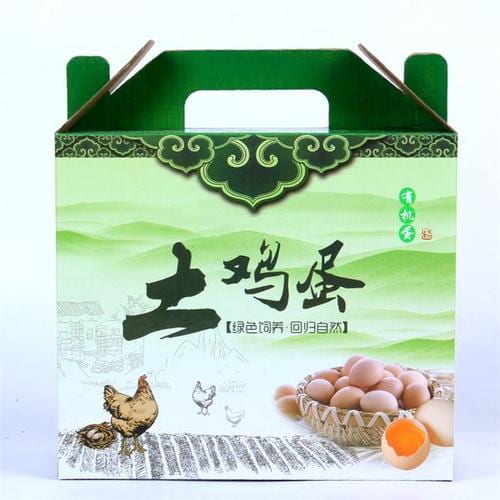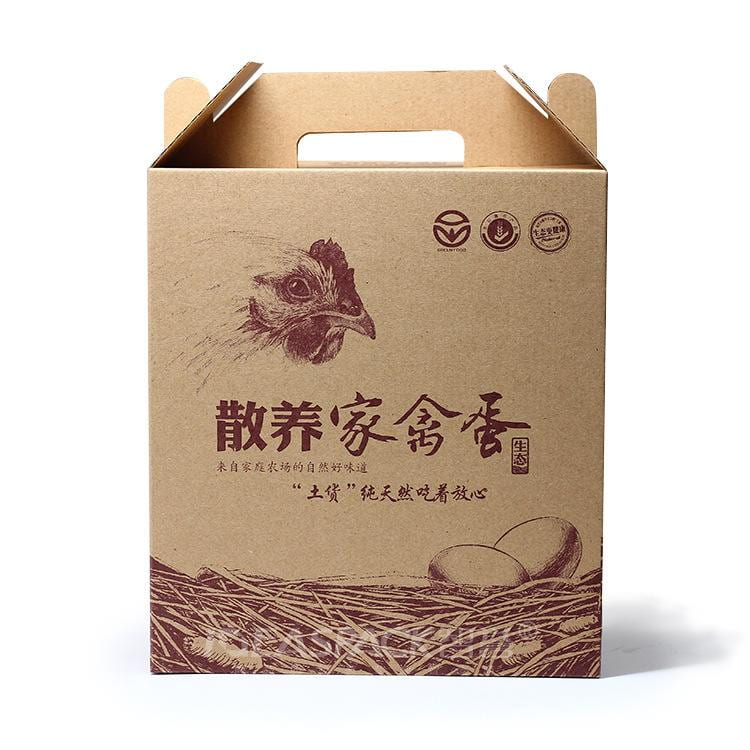Last weekend, I went to the supermarket with my mother. She bought a piece of pork and a box of eggs and headed for the check-out counter. I was waiting to take over the goods, then suddenly I heard the checker said, “138 RMB in all.”
“What??” I couldn’t cover up my shock on my face, “Why do this tiny piece of pork and this box of eggs so expensive?”
My mother replied calmly, “this is Iberico pork, it’s different than the normal pork. These kinds of black pigs are not fed by normal fodder, they only eat corn or wheat bran, so…”
“So what? They are still pigs!”
“Of course they are different from the normal domestic pigs”, my mother look me into her eyes, “they are raised more naturally, so they are having higher nutritional value…”
“Then what about this box of eggs? Ten eggs for nearly 40 RMB? I guess the little chicken lived inside haven’t got the chance to eat any high nutritional corns…” I asked sarcastically.
“No, but their mums did”, my mother explained, “they are farm eggs, the hens breed them were living in pure natural fields and eat wild vegetables and insects. They are not like hens that lived in cages, fed by a mixture of corn and fodder made from animal byproducts.”
“But how do you know that? Only because the labels on it told you that there are farm eggs inside? What if they are faking?”
My mother pondered for a few seconds, then she replied with a shrug, “still they must be better than the normal eggs. The price is high for a reason.”
In fact, there is no clear and unified standard for the definition of farm eggs in the market. In the consumers’ imagination, the normal eggs are laid by hens living in crowded and messy cages; and the farm eggs are laid by hens live in a fresh and natural environment, surrounded by green mountains and beautiful rivers. But the fact is that its’ the formal and modern farms have strict hygienic standards, systematic management of feeding environment and means of epidemic disease prevention. The feed of the hens is also scientifically proportioned to ensure the nutrition balance and the quality of eggs. And for the hens grew up in open areas, their food, drinking water, and living conditions are out of control. If they are kept near industrial pollution sources for a long time, the contents of toxic substances or harmful microorganisms would be dreadful.


The package of the farm eggs are always full of words such us “pure natural”, “raised in family farm”…
Consumers were too far away from the origin of the food, and too close to the commercial propaganda. In Fabio’s words, “much of what we eat is harvested or slaughtered in distant places we are not familiar with,” and the distance between producers and consumers “create power inequalities” and bring profits to the “food packagers”. They wrap up the food with “naturalism” packaging, set a high price, and claiming that “it’s because our products are more natural!” This method proves effective in the market, an increasing amount of people are willing to pay for the “nature” of the food. But what about the people who produce the food? Do they get their proportional pay-back? Or, do they know their food is labeled as “nature” in the market? They probably don’t even have the entrance ticket to it. Just as Raj Patel stated, “the process of shipping, processing, and trucking food across distances requires a great deal of capital—you need to be rich to play this game. It is also a game that has economies of scale … when the number of companies controlling the gateways from farmers to consumers is small, this gives them market power both over the people who grow the food and the people who eat it.”
Leave a Reply